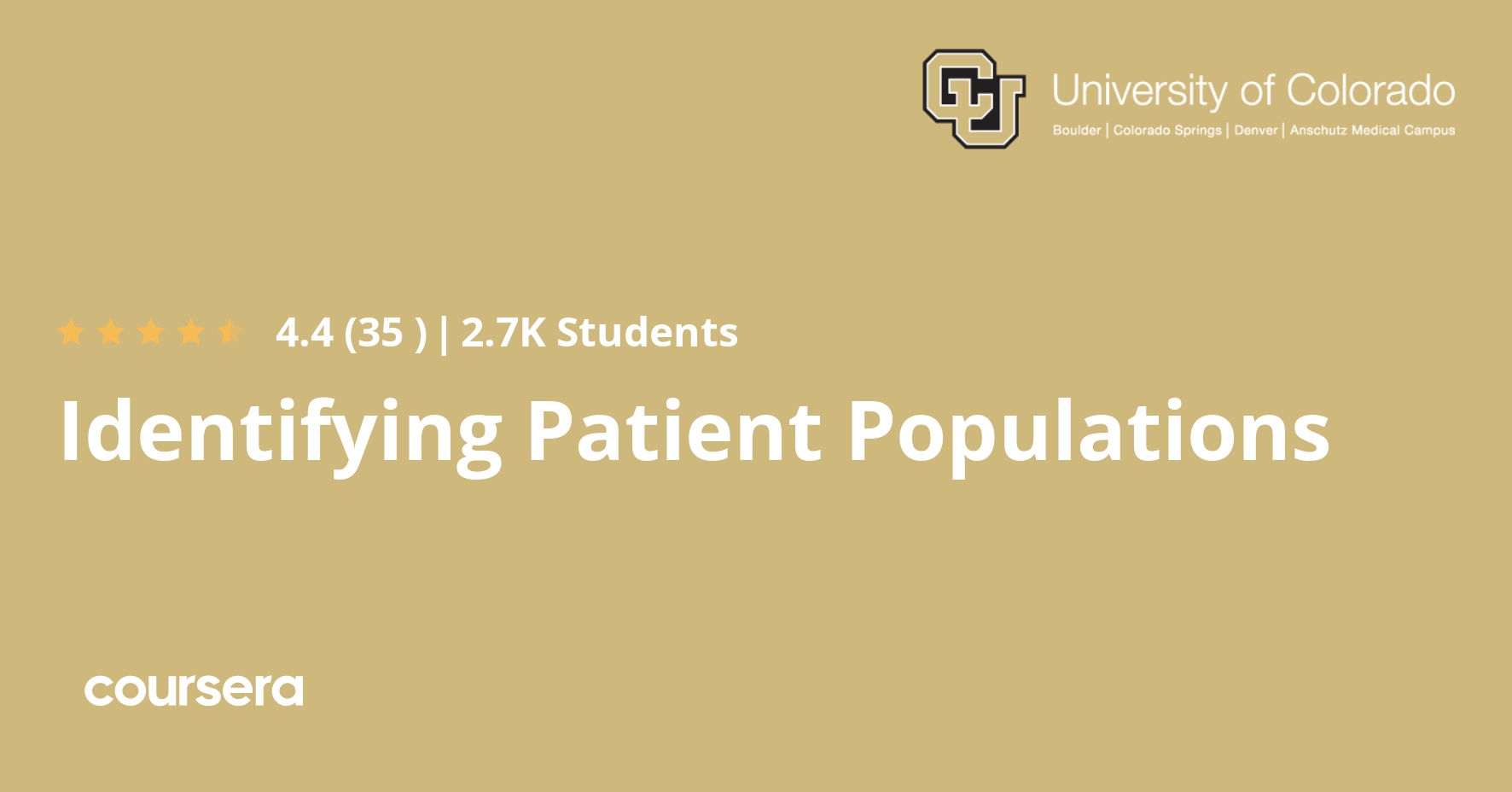Description
This course teaches you the fundamentals of computational phenotyping, a biomedical informatics method for identifying patient populations. In this course you will learn how different clinical data types perform when trying to identify patients with a particular disease or trait. You will also learn how to program different data manipulations and combinations to increase the complexity and improve the performance of your algorithms. Finally, you will have a chance to put your skills to the test with a real-world practical application where you develop a computational phenotyping algorithm to identify patients who have hypertension. You will complete this work using a real clinical data set while using a free, online computational environment for data science hosted by our Industry Partner Google Cloud.
What you will learn
Introduction: Identifying Patient Populations
Learn about computational phenotyping and how to use the technique to identify patient populations.
Tools: Clinical Data Types
Understand how different clinical data types can be used to identify patient populations. Begin developing a computational phenotyping algorithm to identify patients with type II diabetes.
Techniques: Data Manipulations and Combinations
Learn how to manipulate individual data types and combine multiple data types in computational phenotyping algorithms. Develop a more sophisticated computational phenotyping algorithm to identify patients with type II diabetes.
Techniques: Algorithm Selection and Portability
Understand how to select a single “best” computational phenotyping algorithm. Finalize and justify a phenotyping algorithm for type II diabetes.






